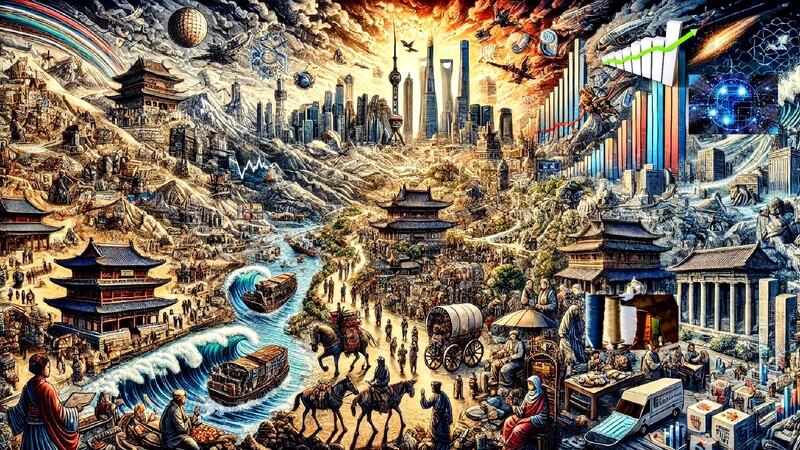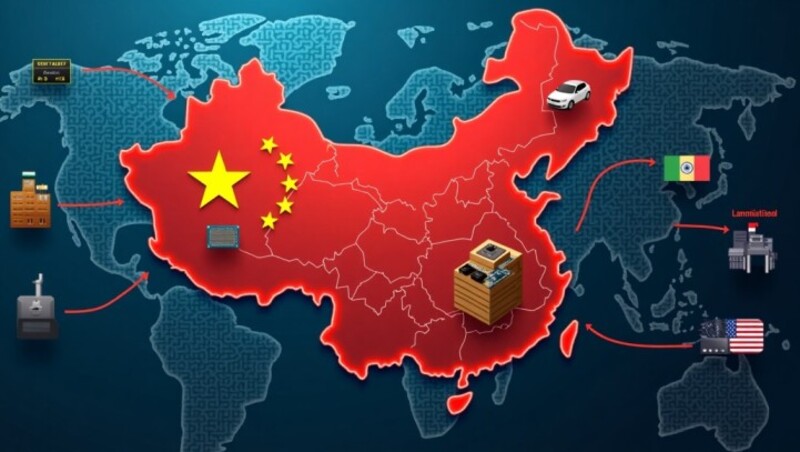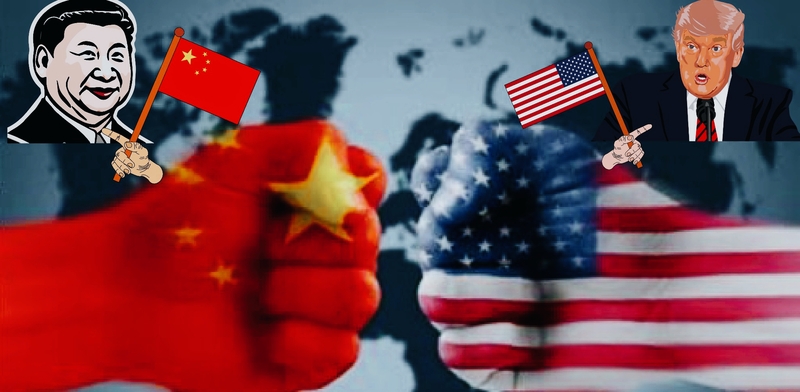 The Evolution of Asian Markets, past, today and its future. Photo Credits: AI Generated Image
The Evolution of Asian Markets, past, today and its future. Photo Credits: AI Generated Image
Asian Markets Evolution: How Trade Routes, Financial Crises, Natural Disasters And Innovation Shaped Asia’s Economy
The Silk Road: Asia's Iconic Trade Network
One of the most famous trade routes in history is the Silk Road, which began around 130 BCE during the Han Dynasty in China. It was not a single road but a network of routes that connected China to the Mediterranean, allowing the exchange of goods like silk, spices, tea, and precious stones. The Silk Road also facilitated the spread of ideas, cultures, and technologies between Asia, Europe, and the Middle East.
Asian Markets Under Colonial Rule
During the colonial period, European powers like Britain, France, Spain, Portugal, and the Netherlands took control of many Asian markets. Britain controlled trade in India, Hong Kong, and parts of Southeast Asia. France dominated markets in Vietnam, Laos, and Cambodia. The Netherlands took over Indonesia, while Spain and Portugal had control over the Philippines and parts of India and China. These European powers exploited Asia’s resources and labor, reshaping local economies to serve their interests.
Post-Independence Economic Rebuilding in Asia
However, in the 20th century, the Asian countries rebuilt their economies after independence. They focused on:
- Industrialization: Countries like South Korea and Japan invested heavily in manufacturing industries, such as electronics and automobiles.
- Export-Oriented Growth: Nations like China and Taiwan focused on producing goods for export, such as textiles and electronics.
- Infrastructure Development: Asian Governments built roads, ports, and airports to support trade and commerce.
- Education and Innovation: Countries invested in education and technology to create skilled workforces and drive innovation.
Impact of Natural Disasters on Asian Trade
In the course of the Asian markets' evolution, they have also suffered due to natural disasters which significantly affected trade in the region.
2011 Tōhoku Earthquake and Tsunami in Japan: This disaster caused massive damage to Japan’s infrastructure, including factories and ports, leading to global supply chain disruptions, especially in the automotive and electronics industries.
2013 Typhoon Haiyan in the Philippines: One of the strongest typhoons ever recorded, it destroyed agricultural lands, homes, and businesses, severely impacting the country’s economy.2020 Floods in China: Widespread flooding disrupted manufacturing and trade, particularly in regions producing electronics and textiles.
These disasters often led to temporary halts in production, increased costs, and delays in trade, but Asian markets have shown resilience by rebuilding and adapting quickly.
Financial Crises in Asian Markets
The Asian markets have also experienced financial crises in their evolution.
- Late 1990s Asian Financial Crisis: Excessive borrowing, weak financial systems, and currency devaluation (e.g., Thai Baht, Indonesian Rupiah, South Korean Won) led to economic turmoil.
- 2008 Global Financial Crisis: Currencies like the Japanese Yen and South Korean Won experienced volatility. Trade slowed down as demand for Asian exports decreased.
- COVID-19 Pandemic: Asian markets faced disruptions in supply chains due to lockdowns and reduced global trade, but many countries adapted by increasing digital trade and e-commerce.
Key Players in Reshaping Asian Economies
Despite the challenges, notable countries have stepped up in reshaping the Asian economy.
- China: A global economic powerhouse offering affordable goods, investing in infrastructure projects like the Belt and Road Initiative (BRI), and boosting regional trade.
- Japan: Known for high-quality products such as cars and electronics, with investments in infrastructure and technology in Southeast Asia.
- India: A major player in IT and services, providing software development, outsourcing services, and exporting pharmaceuticals, textiles, and agricultural products.
Diversification Across Asian Economies
As a way of countering risks, Asian countries have diversified their economies into various industries:
- Technology: Companies like Samsung (South Korea), TSMC (Taiwan), and Alibaba (China) lead in electronics and e-commerce.
- Automobiles: Toyota (Japan) and Hyundai (South Korea) dominate the global car market.
- Tourism: Countries like Thailand and Malaysia rely heavily on tourism.
- Finance: Singapore and Hong Kong are major financial hubs.
E-Commerce and Digital Payments Transformation
The rise of e-commerce platforms like Alibaba, Shopee, and Lazada has transformed how people shop in Asia. Digital payment systems like Alipay (China), Paytm (India), and GrabPay (Southeast Asia) have made transactions faster and more convenient. This shift has been especially important during the COVID-19 pandemic, as more people turned to online shopping and cashless payments.
The Future of Asian Markets
As depicted, Asian markets have come a long way from their humble beginnings. Despite challenges like financial crises, natural disasters, and pandemics, they have shown remarkable resilience. Through innovation, diversification, and cooperation, Asian economies continue to play a vital role in the global market. With a focus on technologies such as renewable energy, artificial intelligence, quantum computing, education, and sustainability, the future of Asian markets will continue dominating the world economy, showing resilience in adapting to the changing market dynamics.



